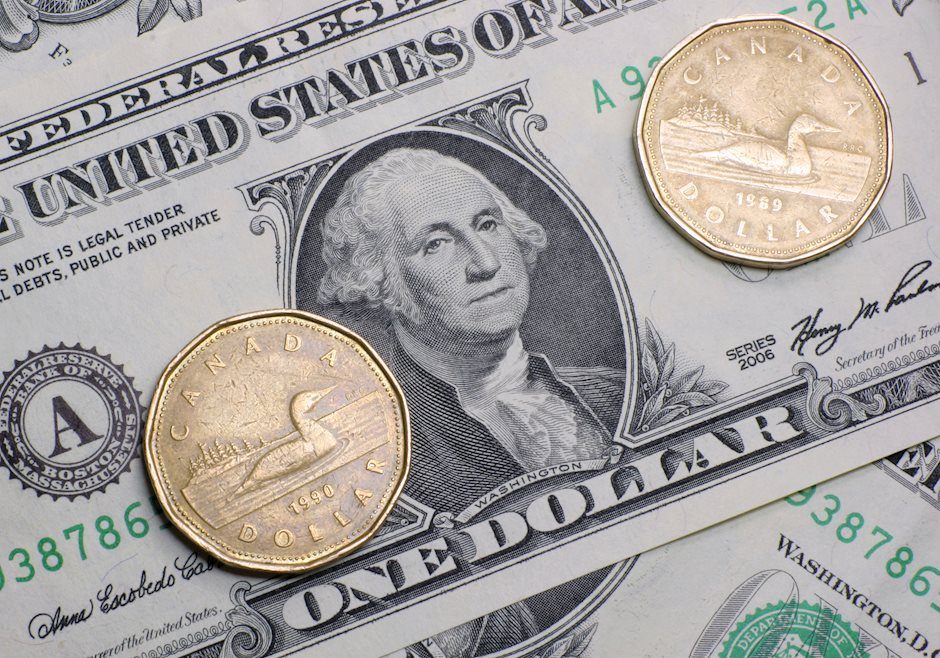USD/CAD posts fresh three-month high near 1.3800 as BoC cuts rates again
- USD/CAD climbs to a fresh three-month high of 1.3800 as BoC cuts interest rates by 25 bps to 4.5% as expected.
- The US Dollar declines after a mixed US S&P Global flash PMI report for July.
- This week, investors will focus on the US PCE inflation for June.

The USD/CAD pair jumps to a fresh three-month high near the round-level resistance of 1.3800 in Wednesday’s American session. The Loonie asset strengthens as the announcement of Bank of Canada’s (BoC) subsequent rate cuts has weighed on the Canadian Dollar (CAD).
The Canadian currency weakens as the BoC reduces its key borrowing rates again by 25 basis points (bps) to 4.5%. The BoC was expected to lower its interest rates again amid cooling inflationary pressures and deteriorating labor market conditions.
The central bank forecasts consumer price inflation to stabilize at 2% by 2025 and has dialled down its growth forecast to 1.2% from 1.5%.
The appeal of the Canadian Dollar was already downbeat due to weak Oil prices. Weak Oil demand outlook due to China’s dismal economic prospects and easing supply concerns have beaten down the Oil price. It is worth noting that Canada is the leading exporter of Oil to the United States (US), and weak Oil prices weigh on the Canadian Dollar.
Meanwhile, the US Dollar (USD) has slumped after the release of the mix S&P Global PMI report for July. The Composite PMI data came in higher at 55.0 from the former release of 54.8. The US Dollar Index (DXY), which tracks the Greenback’s value against six major currencies, falls sharply from a weekly high of 104.50 to 104.20.
Going forward, investors will focus on the US Personal Consumption Expenditure Price Index (PCE) data for June, which will be published on Friday. The core PCE inflation, a Federal Reserve’s (Fed) preferred inflation tool, is estimated to have decelerated to 2.5% from May’s figure of 2.6%, with the monthly figure growing steadily by 0.1%.
Canadian Dollar FAQs
The key factors driving the Canadian Dollar (CAD) are the level of interest rates set by the Bank of Canada (BoC), the price of Oil, Canada’s largest export, the health of its economy, inflation and the Trade Balance, which is the difference between the value of Canada’s exports versus its imports. Other factors include market sentiment – whether investors are taking on more risky assets (risk-on) or seeking safe-havens (risk-off) – with risk-on being CAD-positive. As its largest trading partner, the health of the US economy is also a key factor influencing the Canadian Dollar.
The Bank of Canada (BoC) has a significant influence on the Canadian Dollar by setting the level of interest rates that banks can lend to one another. This influences the level of interest rates for everyone. The main goal of the BoC is to maintain inflation at 1-3% by adjusting interest rates up or down. Relatively higher interest rates tend to be positive for the CAD. The Bank of Canada can also use quantitative easing and tightening to influence credit conditions, with the former CAD-negative and the latter CAD-positive.
The price of Oil is a key factor impacting the value of the Canadian Dollar. Petroleum is Canada’s biggest export, so Oil price tends to have an immediate impact on the CAD value. Generally, if Oil price rises CAD also goes up, as aggregate demand for the currency increases. The opposite is the case if the price of Oil falls. Higher Oil prices also tend to result in a greater likelihood of a positive Trade Balance, which is also supportive of the CAD.
While inflation had always traditionally been thought of as a negative factor for a currency since it lowers the value of money, the opposite has actually been the case in modern times with the relaxation of cross-border capital controls. Higher inflation tends to lead central banks to put up interest rates which attracts more capital inflows from global investors seeking a lucrative place to keep their money. This increases demand for the local currency, which in Canada’s case is the Canadian Dollar.
Macroeconomic data releases gauge the health of the economy and can have an impact on the Canadian Dollar. Indicators such as GDP, Manufacturing and Services PMIs, employment, and consumer sentiment surveys can all influence the direction of the CAD. A strong economy is good for the Canadian Dollar. Not only does it attract more foreign investment but it may encourage the Bank of Canada to put up interest rates, leading to a stronger currency. If economic data is weak, however, the CAD is likely to fall.
Author

Sagar Dua
FXStreet
Sagar Dua is associated with the financial markets from his college days. Along with pursuing post-graduation in Commerce in 2014, he started his markets training with chart analysis.

















